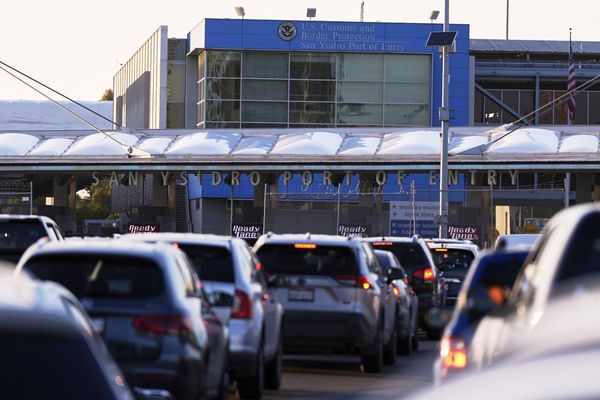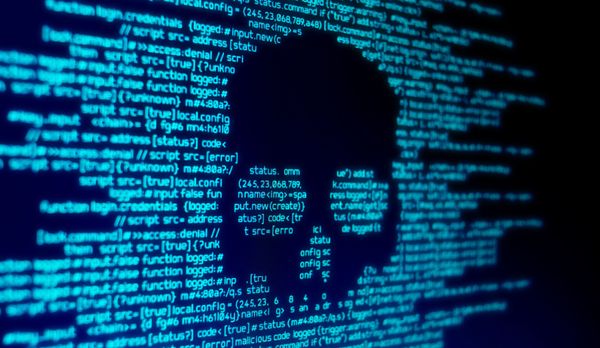Rare medieval Islamic glass fragments, found at a Dumfriesshire castle more than 20 years ago, have been used to create a 3D-model digital reconstruction of a beaker.
The three tiny pieces were uncovered during excavation work on the site of the old Caerlaverock castle during archaeology work in the late 1990s.
They remain the first and only glass of its kind to be found at an archaeological site in Scotland and, at 3.1cm x 2.8cm, two of the fragments together are smaller than a ping pong ball.
Now they are giving clues to Scotland’s contact with the wider world during the medieval period through a project which has been working to unravel the story of their origins and has virtually recreated an image of what the original object would have looked like.
Through research and help from a team of experts from Historic Environment Scotland who used state-of-the-art techniques to analyse the fragments, Stirlingshire-based visual artist Alice Martin was able to use necessary 3D data to create the stunning image.
She said: “The fragments are decorated with an Arabic inscription that would have been wrapped around the circumference of the beaker when it was complete. Scientific analysis has shown there would once have been red and gold decoration, as well as the blue and white that’s still visible. This type of Islamic glass was thought to be valuable, it’s very precise and delicate.
“From the scientific evidence, research and known history, we thoroughly considered how an Islamic glass drinking beaker ended up in Scotland, and we suspect it may have come to Caerlaverock Castle through trade or could even have been brought back by returning crusaders.”
The fragments are inscribed with part of the Arabic word for “eternal” – likely used as one of the 99 names of Allah – which suggests that it could be an extract from the Qur’an.
It is believed that the original vessel would have been made in modern-day Syria, Iraq or Egypt during the 12th and 13th centuries, all of which were important centres of Islamic glassmaking.
Stefan Sagrott, archaeologist and senior cultural resources advisor from Historic Environment Scotland, said: “Discovering Islamic glass from the 13th century in a Scottish castle, is an absolutely astounding find. Glass wasn’t commonly used at this time.
“It was used for stained glass windows in monasteries, cathedrals and some smaller churches and chapels. But it’s very rare to find it being used for window glass in castles and tower houses at this time – this happened a couple of hundred years later.
“There wouldn’t be many vessels or objects made from glass either and, if people did have them, they don’t tend to survive today. Glass degrades quickly when it’s in acidic soil which is found a lot in Scotland. So, we’re always going to lose evidence of it.”
The fragments are at the heart of a community project called Eternal Connections which has sparked discussion and learning around the heritage of Scotland’s Muslim communities.
Dr Lyn Wilson, head of programme for research and climate change at HES, said: “The purpose of the Eternal Connections project has been to engage with wide ranging audiences to celebrate our shared cultural heritage and using advanced scientific and digital techniques made this possible.







